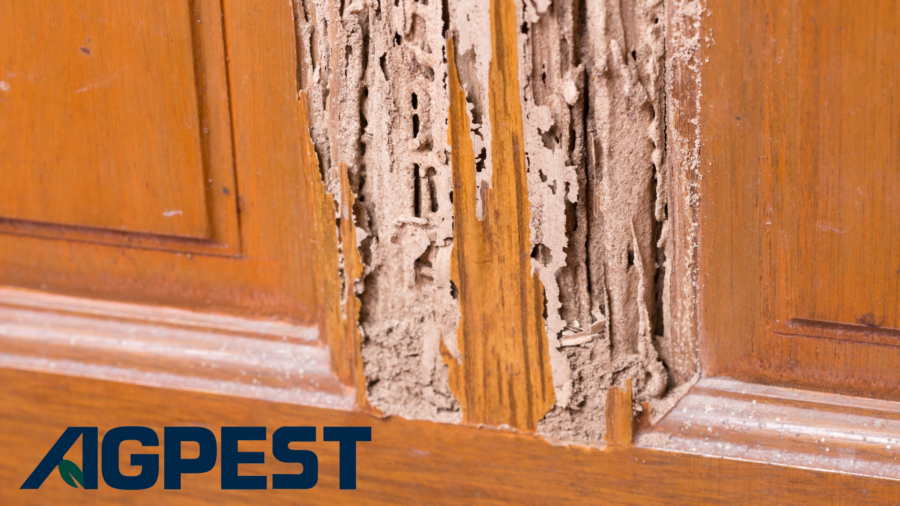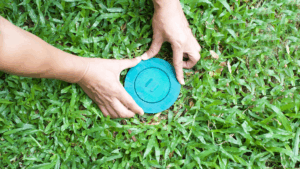Living in beautiful Southern California comes with its fair share of challenges, and one of them is dealing with pesky termites. These destructive insects can wreak havoc on your home, causing significant structural damage and, in turn, a hefty repair bill. In this blog post, we’ll explore the common termites found in the area, the signs of termite damage in your home, how to spot these unwelcome guests, and steps to prevent or eliminate them. Don’t let termite damage turn your dream home into a nightmare!
Common Termites in Southern California
Termites are a persistent problem in Southern California, and a few species are particularly notorious:
- Western Subterranean Termites: These are one of the most common termite species in the region. They live underground and construct mud tunnels to access your home’s wooden structures.
- Drywood Termites: These termites don’t require contact with the soil and can nest directly in the wood of your home, making them especially destructive.
- Dampwood Termites: They thrive in damp and decaying wood, making them a concern in homes with moisture issues.
Signs of Termites
To protect your home from termite damage, you need to know how to spot the signs of an infestation:
- Hollowed or Damaged Wood: Termites consume wood from the inside out, leaving it hollow and brittle. Knock on wooden surfaces; if they sound hollow, there’s a good chance termites are present.
- Mud Tubes: Western subterranean termites create mud tubes on foundations, walls, and wooden structures. If you find these, it’s a clear sign of an infestation.
- Discarded Wings: During their swarming season, termites shed their wings. Finding discarded wings around your home can be a sign of an active infestation.
- Tiny Holes and Tunnels: Look for small holes or tunnels in wooden structures. These are created as termites burrow through your home.
- Sagging or Buckling Floors and Walls: As termites weaken the structural integrity of your home, you may notice floors or walls that seem uneven or sagging.
How to Spot Termite Damage
Identifying termite damage can be challenging, as the signs often mimic water damage or other issues. If you suspect termite damage, it’s essential to consult a professional pest control company. They have the expertise to diagnose the issue accurately.
Termite Control
Once you’ve identified termite damage, it’s crucial to take action promptly. Here’s how to address the issue:
- Professional Inspection: The first step is to contact a pest control professional for a thorough inspection. They will determine the extent of the damage and identify the termite species involved.
- Treatment Options: Depending on the severity of the infestation, your pest control expert will recommend an appropriate treatment plan. Options may include chemical barriers, bait systems, or localized wood treatments.
- Preventative Measures: To prevent future infestations, it’s essential to address any moisture issues in your home, seal cracks and gaps, and maintain regular inspections.
- Regular Maintenance: Stay vigilant with regular inspections even after treatment. Early detection can prevent extensive termite damage.
Request a Free Termite Control Quote
Don’t wait until termite damage becomes a costly problem. If you suspect termites in your home or want to ensure your property is termite-free, contact your local termite control company today for a free termite control quote. Our experienced team can help you protect your Southern California home from these destructive pests.
Conclusion
Termites may be a common issue in Southern California, but with the right knowledge and proactive steps, you can protect your home from termite damage. By recognizing the signs of termites and taking swift action, you can maintain the structural integrity of your home and avoid costly repairs. Don’t let these unwanted house guests take over – request a free termite control quote today!



